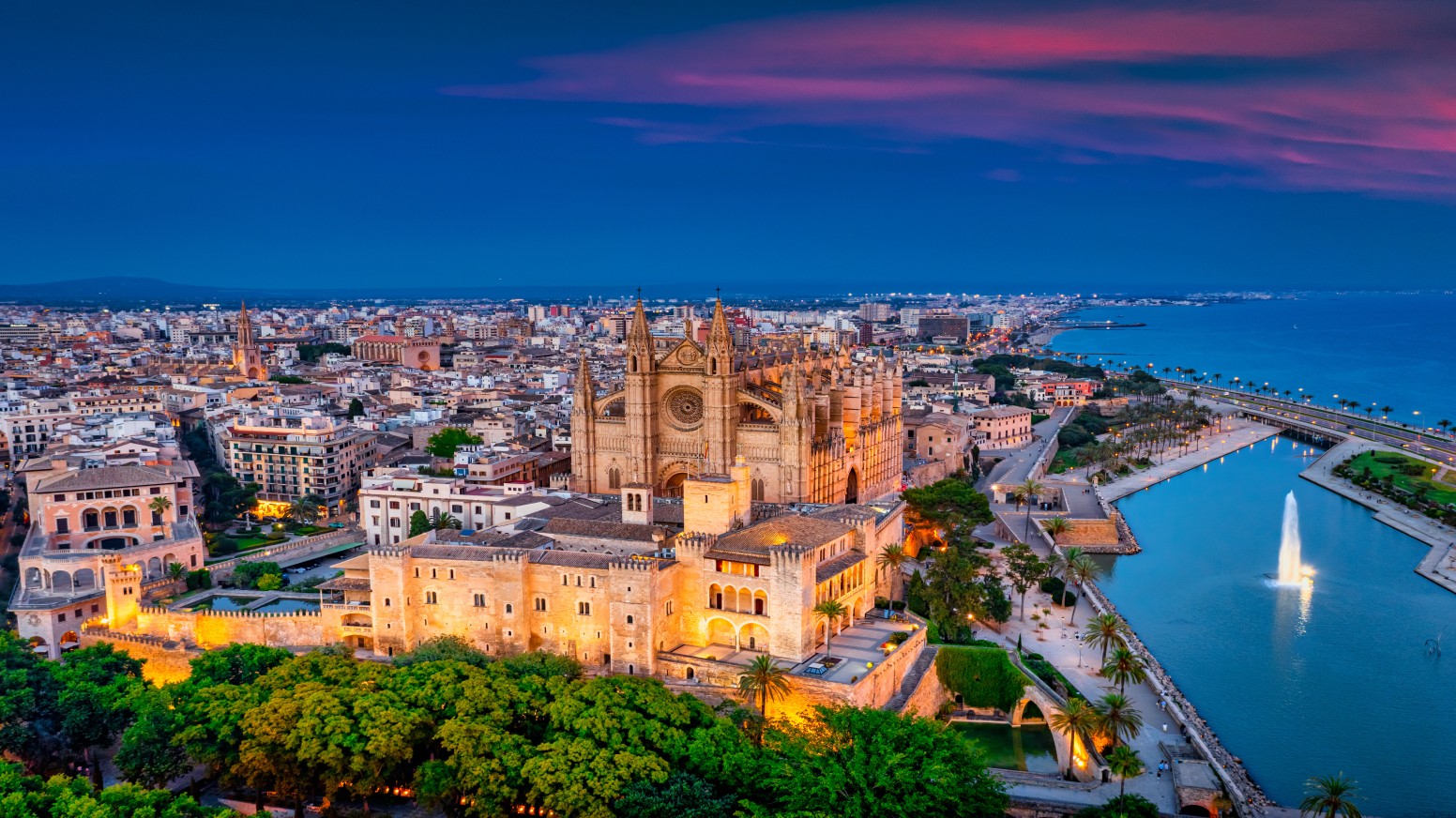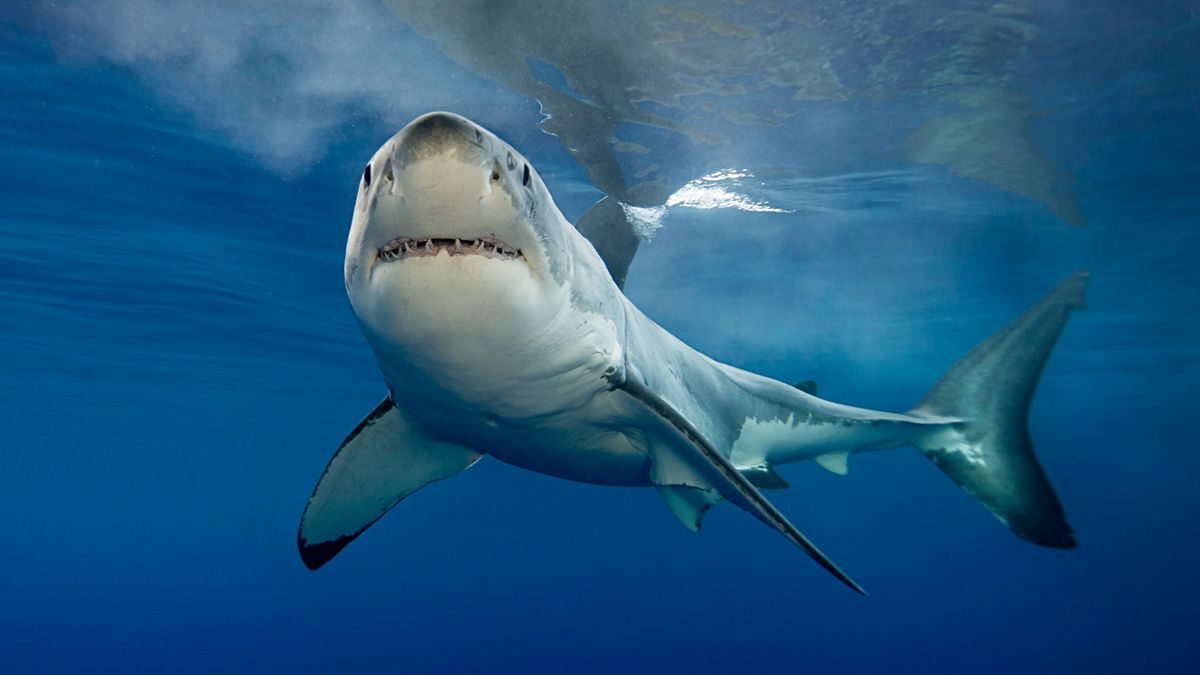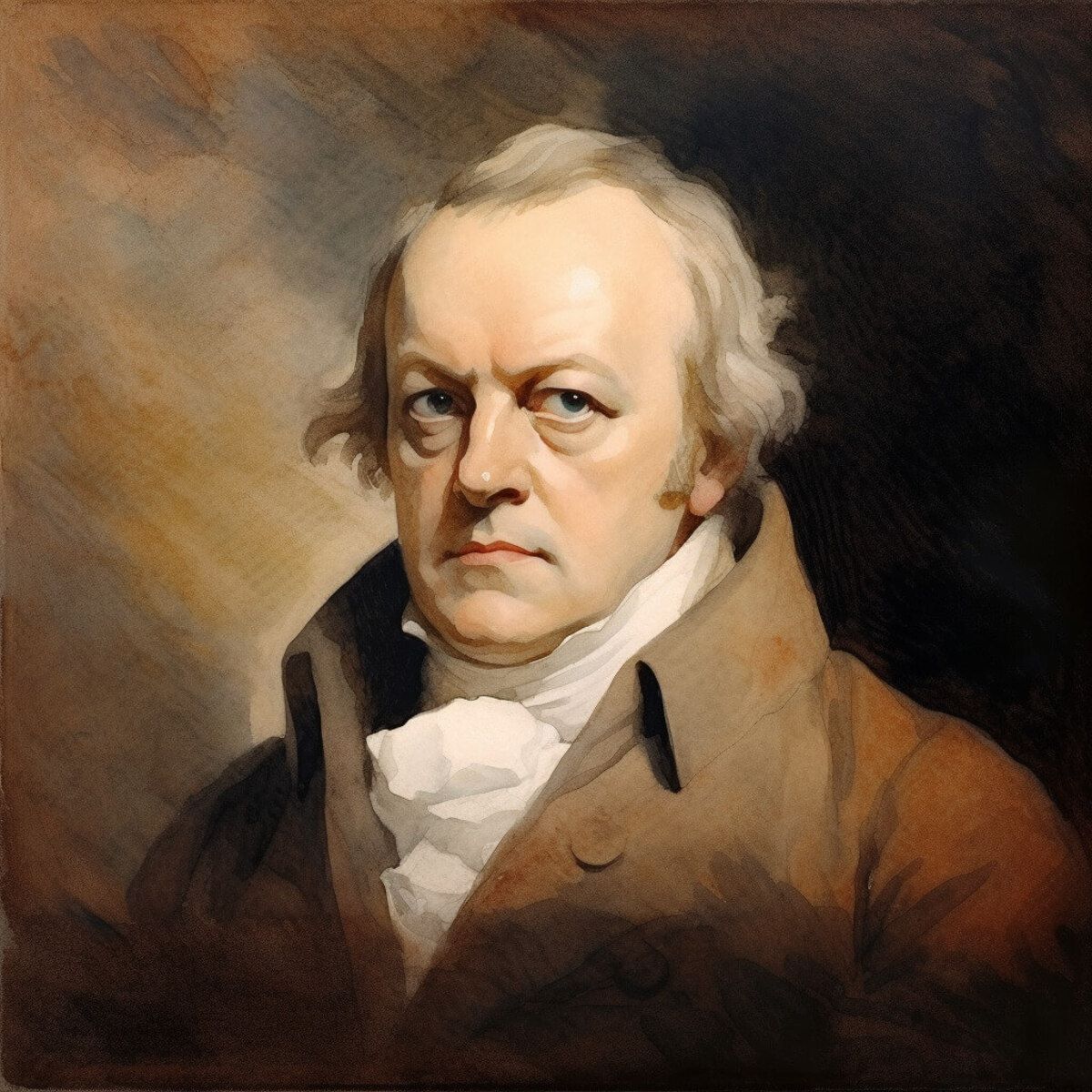
Welcome to the beautiful city of Palma de Mallorca, located on the stunning island of Mallorca in Spain. Known for its year-round sunshine, sandy beaches, and rich cultural heritage, Palma de Mallorca has captured the hearts of millions of visitors from around the world. In this article, we will delve into 39 fascinating facts about this enchanting city, providing you with a comprehensive guide to its history, attractions, and local traditions. From the iconic Gothic cathedral of La Seu to the charming old town with its narrow cobblestone streets, Palma de Mallorca offers an endless array of experiences for every traveler. So, get ready to uncover the secrets of this Mediterranean gem as we explore the breathtaking beauty and captivating history of Palma de Mallorca!
Key Takeaways:
- Palma de Mallorca offers a vibrant mix of history, culture, and outdoor activities, making it an ideal destination for travelers seeking diverse experiences in a beautiful Mediterranean setting.
- From stunning architecture to vibrant festivals, Palma de Mallorca is a city that caters to a wide range of interests, ensuring that every visitor can find something captivating to explore and enjoy.
Palma de Mallorca is known for its breathtaking architecture.
The city is renowned for its stunning Gothic cathedral, La Seu, which is one of the most iconic landmarks in Palma de Mallorca.
The city has a fascinating history that dates back to Roman times.
Palma de Mallorca was founded by the Romans in the 2nd century BC and has been influenced by various cultures throughout history.
Palma de Mallorca is home to a vibrant food scene.
The city boasts a wide range of restaurants serving both traditional Mallorcan cuisine and international dishes.
The length of the coastline in Palma de Mallorca is approximately 50 kilometers.
With its beautiful sandy beaches and crystal-clear waters, Palma de Mallorca is a paradise for beach lovers.
Palma de Mallorca has a Mediterranean climate with mild winters and hot summers.
The city enjoys an average of over 300 sunny days per year, making it an ideal destination for outdoor activities.
The official language of Palma de Mallorca is Catalan.
Catalan is widely spoken in the city, although Spanish and English are also commonly understood.
Palma de Mallorca is home to one of Europe’s largest marinas.
The Port of Palma attracts yachts and luxury boats from around the world, making it a popular destination for sailing enthusiasts.
The city offers a wide range of cultural attractions.
From art galleries to museums, Palma de Mallorca has a thriving cultural scene that caters to all interests.
Palma de Mallorca hosts several annual festivals and events.
One of the most famous is the Festes de Sant Sebastià, which takes place in January and features parades, music, and fireworks.
Palma de Mallorca is surrounded by picturesque villages.
Exploring the nearby villages of Valldemossa, Sóller, and Deià is a must-do when visiting the city.
The city is famous for its olive oil production.
Mallorca is home to numerous olive groves, and the olive oil produced in the region is highly regarded for its quality.
Palma de Mallorca has a vibrant nightlife.
The city offers a range of bars, clubs, and live music venues where visitors can dance the night away.
Palma de Mallorca is a popular destination for cyclists.
The city and its surrounding areas have numerous cycling routes that cater to all levels of experience.
Palma de Mallorca has a thriving arts and crafts scene.
Visitors can explore local artisan markets and discover unique handmade products.
The city is home to several historical sites.
From the Royal Palace of La Almudaina to the Bellver Castle, history buffs will find plenty to explore in Palma de Mallorca.
Palma de Mallorca is a shopper’s paradise.
The city offers a mix of high-end designer boutiques and local artisan shops where visitors can find unique souvenirs.
Palma de Mallorca has its own local tram network.
The Sóller tram connects Palma de Mallorca with the town of Sóller and offers stunning views of the surrounding countryside.
The city is home to several stunning gardens.
From the peaceful gardens of Marivent Palace to the charming Jardí del Bisbe, nature lovers will be in their element in Palma de Mallorca.
Palma de Mallorca is a popular destination for water sports.
Visitors can enjoy activities such as sailing, jet skiing, scuba diving, and paddleboarding in the crystal-clear waters surrounding the city.
The city is famous for its traditional markets.
The Mercat de l’Olivar and Mercat de Santa Catalina are bustling markets where visitors can sample local produce and browse for souvenirs.
Palma de Mallorca has a vibrant LGBTQ+ scene.
The city is known for its inclusive and welcoming atmosphere, with several LGBTQ+ bars, clubs, and events.
Palma de Mallorca is home to several Michelin-starred restaurants.
Food enthusiasts can indulge in world-class dining experiences in the city.
Palma de Mallorca has a lively arts and music scene.
The city hosts numerous art exhibitions, concerts, and festivals throughout the year.
Palma de Mallorca is home to the famous Pilar and Joan Miró Foundation.
The foundation houses a collection of works by the renowned Catalan artist Joan Miró.
The city offers a wide range of water activities.
Visitors can go on boat tours, kayaking excursions, or even try their hand at stand-up paddleboarding.
Palma de Mallorca is a hub for luxury tourism.
The city boasts high-end hotels, luxury boutiques, and exclusive resorts for discerning travelers.
The city has a rich cultural heritage.
From its Moorish influences to its Roman ruins, Palma de Mallorca is steeped in history.
Palma de Mallorca has a thriving street art scene.
Wandering through the streets of the city, visitors can admire colorful murals and street art installations.
The city is known for its vibrant fiestas.
Celebrations such as the Nit de Foc and the Revetla de Sant Joan bring the streets of Palma de Mallorca to life with music, dancing, and fireworks.
Palma de Mallorca is a paradise for outdoor enthusiasts.
With its beautiful beaches, scenic hiking trails, and opportunities for water sports, the city offers a wide range of outdoor activities.
The city is home to several prestigious golf courses.
Golf enthusiasts will find plenty of opportunities to tee off in Palma de Mallorca.
Palma de Mallorca is a gateway to the rest of the island.
From the city, visitors can easily explore the stunning coastline, charming villages, and scenic countryside of Mallorca.
The city has a bustling port.
The Port of Palma is one of the busiest ports in the Mediterranean and welcomes cruise ships from around the world.
Palma de Mallorca has a rich maritime history.
The city’s maritime museum showcases the island’s seafaring traditions and history.
Palma de Mallorca is known for its vibrant street markets.
Visitors can browse through stalls selling everything from fresh produce to handmade crafts at markets such as the Mercat de l’Olivar and the Mercat de Santa Catalina.
The city is a melting pot of cultures.
Its strategic location in the Mediterranean has attracted influences from various cultures, resulting in a unique blend of traditions and customs.
Palma de Mallorca has a thriving luxury yacht industry.
The city’s marinas are home to a wide range of luxury yachts and superyachts, attracting yacht enthusiasts from around the world.
The city is home to several music festivals.
From jazz and classical music to electronic and rock, Palma de Mallorca hosts a variety of music festivals throughout the year.
Palma de Mallorca offers stunning sunset views.
Watching the sun set over the Mediterranean Sea from the city’s waterfront is a breathtaking experience not to be missed.
These 39 facts about Palma de Mallorca only scratch the surface of what this fascinating city has to offer. Whether you’re interested in history, culture, outdoor activities, or simply relaxing on the beach, Palma de Mallorca has something to captivate every traveler.
Conclusion
Palma de Mallorca is a fascinating city with a rich history, stunning architecture, and vibrant culture. Whether you are a history buff, a beach lover, or a food enthusiast, there is something for everyone in this beautiful city. From the iconic Cathedral of Santa Maria to the picturesque beaches of Cala Major and Playa de Palma, Palma de Mallorca offers a diverse range of attractions and activities.With its Mediterranean climate, Palma de Mallorca is the perfect destination to visit year-round. Whether you want to soak up the sun on the beach, explore the narrow historic streets of the old town, or indulge in delicious local cuisine, this city has it all.So, whether you are planning a relaxing getaway or an adventurous trip, make sure to include Palma de Mallorca in your travel plans. You won’t be disappointed by the charm and beauty this city has to offer.
FAQs
1. What is the best time to visit Palma de Mallorca?
The best time to visit Palma de Mallorca is during spring (April to June) and autumn (September to October) when the weather is pleasant, and the crowds are fewer.
2. How can I get around Palma de Mallorca?
You can easily explore Palma de Mallorca on foot as most major attractions are within walking distance. Additionally, the city has an efficient public transportation system including buses and taxis.
3. What are some must-visit attractions in Palma de Mallorca?
Some must-visit attractions in Palma de Mallorca include the Cathedral of Santa Maria, Bellver Castle, Palma Aquarium, and the Old Town with its charming streets and local markets.
4. Are there any beautiful beaches in Palma de Mallorca?
Yes, Palma de Mallorca is known for its stunning beaches. Some popular ones include Cala Mayor, Playa de Palma, and Illetas Beach.
5. What is the local cuisine like in Palma de Mallorca?
The local cuisine in Palma de Mallorca features a blend of Mediterranean and Spanish influences. Don’t miss trying the traditional dishes like paella, sobrasada, and ensaïmada.
6. Are there any cultural events or festivals in Palma de Mallorca?
Yes, Palma de Mallorca hosts various cultural events and festivals throughout the year, including the Sant Sebastian Festivities, the Nit de l’Art, and the Fira del Ram.
7. Is Palma de Mallorca a family-friendly destination?
Yes, Palma de Mallorca is a family-friendly destination with plenty of activities and attractions suitable for children, such as the Palma Aquarium and the beachside water parks.
8. Are there any day trips I can take from Palma de Mallorca?
Absolutely! Palma de Mallorca is a great base for exploring other parts of the island. You can take day trips to places like Valldemossa, Sóller, and the stunning beaches of the east coast.
Palma de Mallorca's rich history, stunning architecture, and vibrant culture make it a must-visit destination. From its picturesque villages to its thriving arts scene, this city offers something for everyone. If you're interested in learning more about Palma de Mallorca's sporting heritage, check out our articles on the intriguing Iberostar Estadi and the fascinating CD Atlético Baleares football club. For those who love marine life, our piece on the mindblowing Palma Aquarium is a must-read.
Was this page helpful?
Our commitment to delivering trustworthy and engaging content is at the heart of what we do. Each fact on our site is contributed by real users like you, bringing a wealth of diverse insights and information. To ensure the highest standards of accuracy and reliability, our dedicated editors meticulously review each submission. This process guarantees that the facts we share are not only fascinating but also credible. Trust in our commitment to quality and authenticity as you explore and learn with us.


